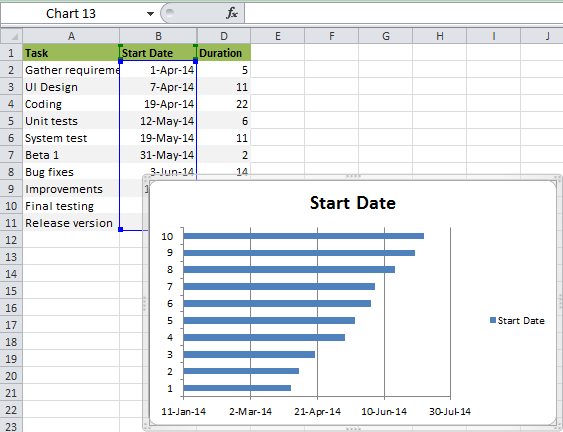
With regards to legends, we are covering all the things you need to know about the excel chart legends follow this article to know the ins and outs of legends.
#EXCEL PIE CHART LEGEND TOO SMALL TEXT EXCEL FOR MAC SERIES#
In this way, legends are very useful in identifying the same set of data series in different categories. In a year, we have four zones, red color in each year represents the North zone, red color represents the East zone, green color represents the South zone, and light blue represents the West zone. If you look at the above image of the graph, the graph represents each year’s region-wise sales summary. In simple terms, if the data includes many colored visuals, legends show what each visual label means. Legends are directly linked to the chart data range and change accordingly. Legends are a small visual representation of the chart’s data series to understand each data series without any sort of confusion. read more are basically representation of data itself, it is used to avoid any sorts of confusion when the data has the same type of values in all the categories, it is used to differentiate the categories which help user or viewer to understand the data more properly, it is located on the right-hand side of the given excel chart. These legends are represented with the help of colours or symbols and distinguish data for better understanding. You may need to work on other elements to make the chart nicer, such as label font, bold, size, position, chart title, legends, and borders, etc.Legends in excel chart Legends In Excel Chart Excel chart legends depict description of significant elements and provides easy access to any chart. The pie now should look like the one below with percentage inside and Category Names outside with Leader Lines.Ĥ. Change the " Angle of first slice" to 64 degrees (or the same degree you set up in step 5) ģ. Right click on the pie chart, then select " Format Data Series" Ģ. Step 11: Rotate to match the first pie chart (In Step 5, the first pie chart rotated 64 degrees) ġ. In the " Format Data Series" window, select " Secondary Axis" Right click on the pie chart, then click " Format Data Series" Ģ.


Step 10: Set second chart as Secondary Axis:ġ. In the " Format Data Labels" window, select " value", " Show Leader Lines", and then " Inside End" in the Label Position section Right click on the data label, click " Format Data Labels" in the dialog box ģ. Right click on the pie chart, click " Add Data Labels" Ģ. Step 9: Add data labels in the NEW pie chart ġ. You should have a pie chart same as below In the " Select Data Source" window, click move down button, the newly copied chart will move up at the same time, you will notice all labels disappeared ģ. Right click on the pie chart, click " Select Data" Ģ. Step 8: Move up the newly pasted chart up ġ. This step will generate a second pie chart but you can not see any changes. Copy the first two columns data and paste on the pie chart (right click on anywhere in the plot area but not directly on the pies)

Step 7: To create another chart exactly the same on top of this one. Step 6: To have the Leader Lines, drag each of the category names a bit far from the pie Step 5: Rotate Pie Chart: To rotate the pie chart, right click on the pie, select " Format Data Series", adjust the " Angle of first slice" to any degree you need (e.g., 64 degree, this number will be used later) Step 4: "Category Name" and Position: Right click on any data label, and select " Format Data Labels", in the dialog window, check " Category Name", " Show Leader Lines" and then check " Outside End" in the Label Position section. The data labels were added to the pie chart. Step 3: Add Data Labels to the pie chart: right click on the pie, then click " Add Data Label" Step 2: Delete Legend at the bottom (based on your setting, legend may appear in other position) Select first two columns of data, then in the Insert Tab from Ribbon, click Pie Chart.

Step 1: To create a regular pie chart ( see here). The logic behind is to make two exactly same pie charts but with different labels.įor example, suppose we have the data below and we are going to make a chart with percentage labels inside and Names outside. The Excel does not have a default function to add labels both inside and outside, however, with a few of tips, you can make your chart perfectly with labels in and out.


 0 kommentar(er)
0 kommentar(er)
